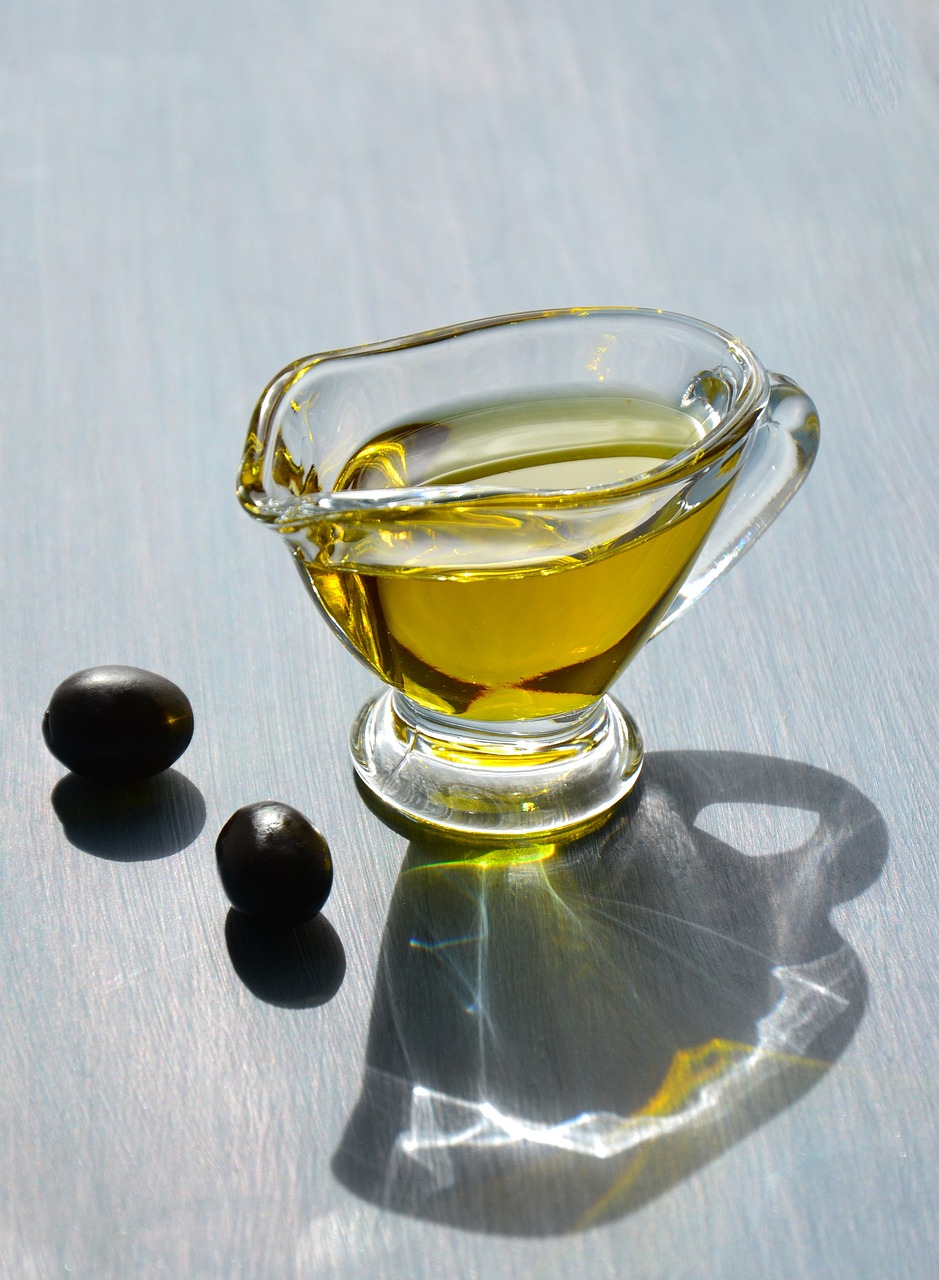
How to taste olive oil: the most suitable technique
Tasting olive oil is a fine art, a sensory dance involving sight, smell and taste. Like wine,olive oil has nuances and characteristics that can only be perceived and appreciated through careful tasting. Here is a detailed guide on how to taste olive oil like a pro:
1. Preparation
Environment:
Choose a quiet place away from strong odors such as perfume, food or smoke. These smells can mask or alter your perception of the oil. A well-ventilated and well-lit room is ideal.
Tools:
Use a dark glass, such as blue or brown ones. The color of the oil can affect perception, and dark glass helps you focus only on the aromas and flavors.
2. Pour the oil
Quantity:
Pour a small amount of oil into the glass, about 10-15 ml. It is not necessary to use large quantities; what you are looking for is quality and intensity of experience, not quantity.
Coverage:
Cover the glass with one hand or a lid to keep the aromas inside. This step is critical to concentrate the aromas.
3. Observation
Color:
Although color is not a direct indicator of quality, it can give you information about the age of the oil or the type of olives used. Young oils tend to have a greener hue, while older oils may be golden.
4. Heating
Technique:
Heating the oil slightly helps to release the aromas. You can do this by holding the glass in your hand and wrapping it with your fingers, or by placing the glass over a light heat source.
5. Smell
First impact:
Remove your hand or lid and bring your nose closer to the glass. Take a moment to inhale deeply. Look for fresh notes such as cut grass, olive leaf, green apple or almond.
Depth:
Each oil has a complexity of aromas. In addition to fresh notes, you might detect hints of tomato, banana, hazelnut or even floral notes.
6. Savor
In the mouth:
Take a sip of the oil and let it spread in your mouth. Move it all over the palate and under the tongue. Olive oil has multiple flavors and sensations, from sweet to bitter, spicy to astringent.
Aspiration:
Lightly suction the air through the teeth. This technique, called “stripping,” helps vaporize the oil and release additional flavors.
7. Swallow
Sensation in the throat:
As you swallow, pay attention to the tingling or pungency sensation in your throat. This tingling sensation is typical of high-quality olive oils and indicates the presence of antioxidants.
8. Reflection
Balance:
A good olive oil will have a balance of flavors. It should not have stale, rancid or metallic flavors. Reflect on the overall experience and the sensations the oil left behind.
Conclusion
Tasting olive oil is a practice that requires attention, practice and, above all, passion. Each oil has a story to tell, from the variety of olives to the land where they grew, to the method of production. Learning to savor and appreciate these nuances will open up a world of gastronomic pleasures and allow you to always choose the best oil for every occasion. Happy tasting!

